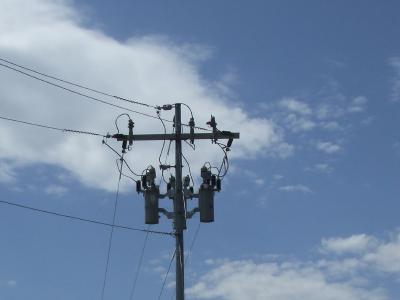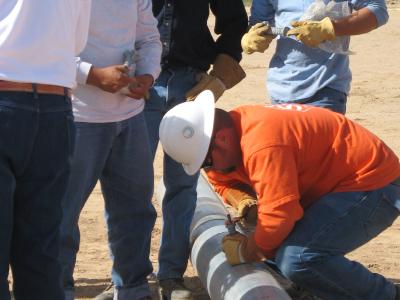Optimize and Harden your Utility Infrastructure
Learn about the advantages of using steel utility poles, how to get training, and sign up for our newsletter to stay on top of exciting developments!
Optimize and Harden your Utility Infrastructure
Learn about the advantages of using steel utility poles, how to get training, and sign up for our newsletter to stay on top of exciting developments!








